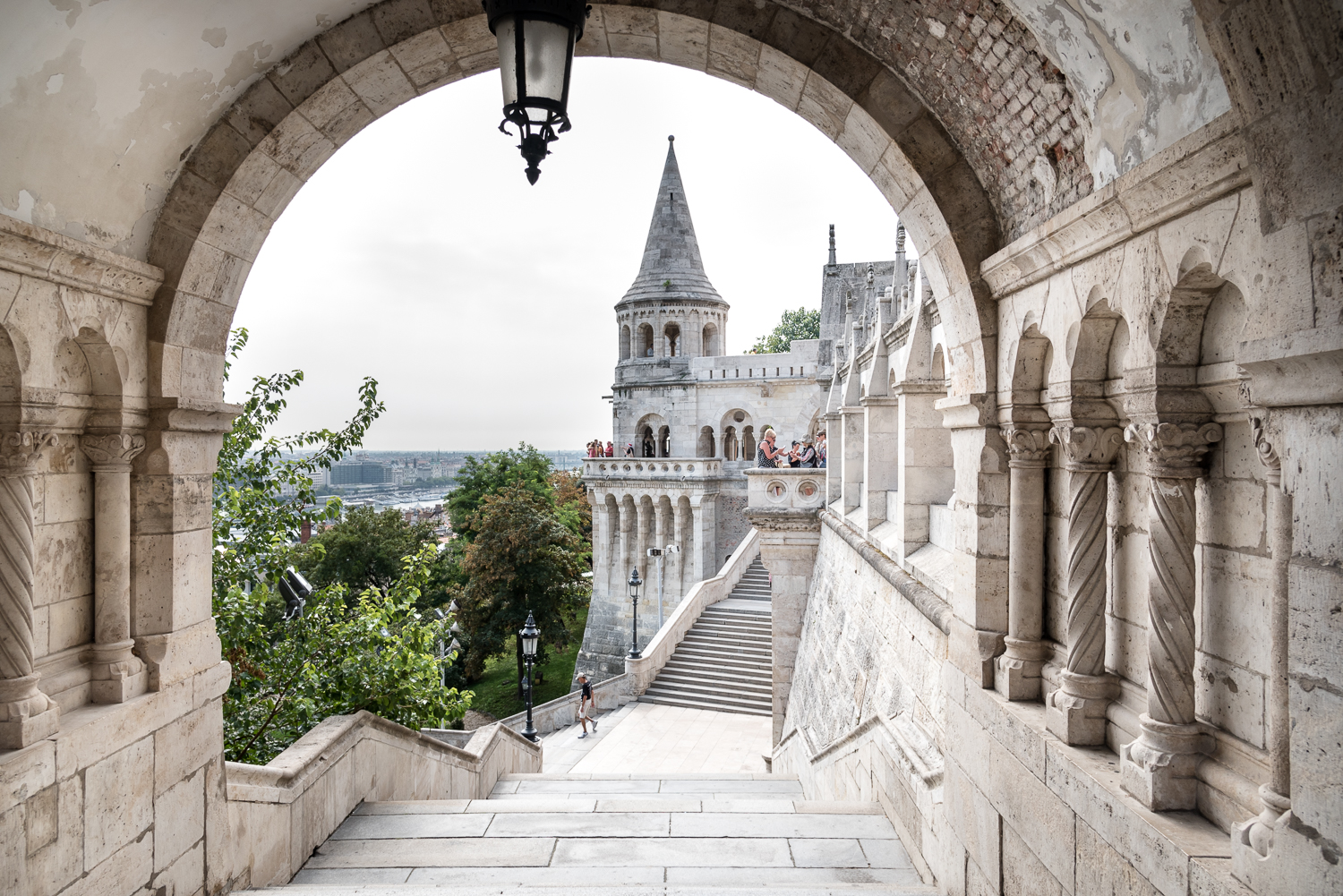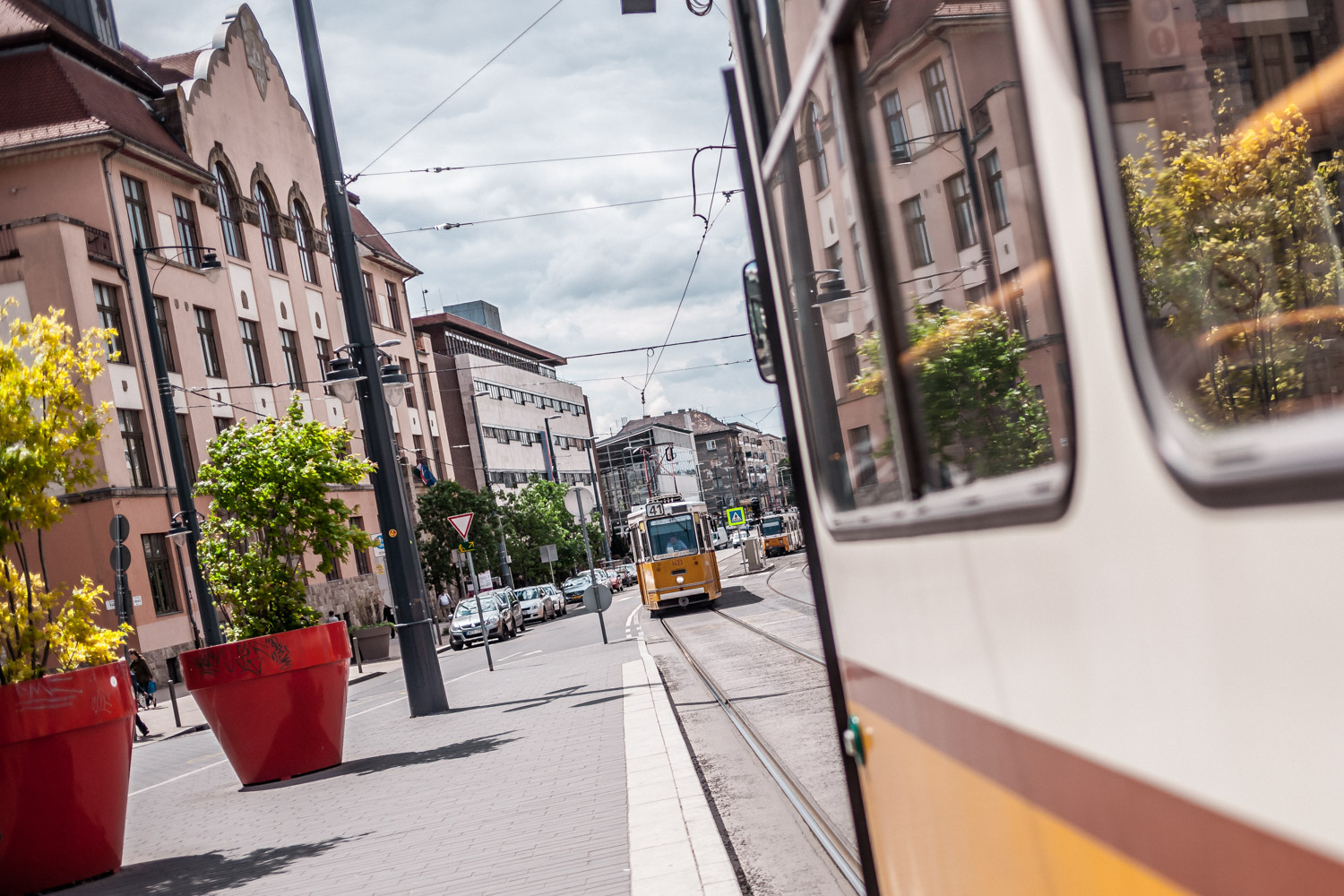District I has history going back hundreds of years. Castle Hill was settled in the 13th century, when King Béla IV built a castle here in 1242. Since then, the area has seen waves of invasions and battles. Today’s castle is a massive Baroque palace built in the 1700s, and houses the Hungarian National Gallery and Budapest History Museum.
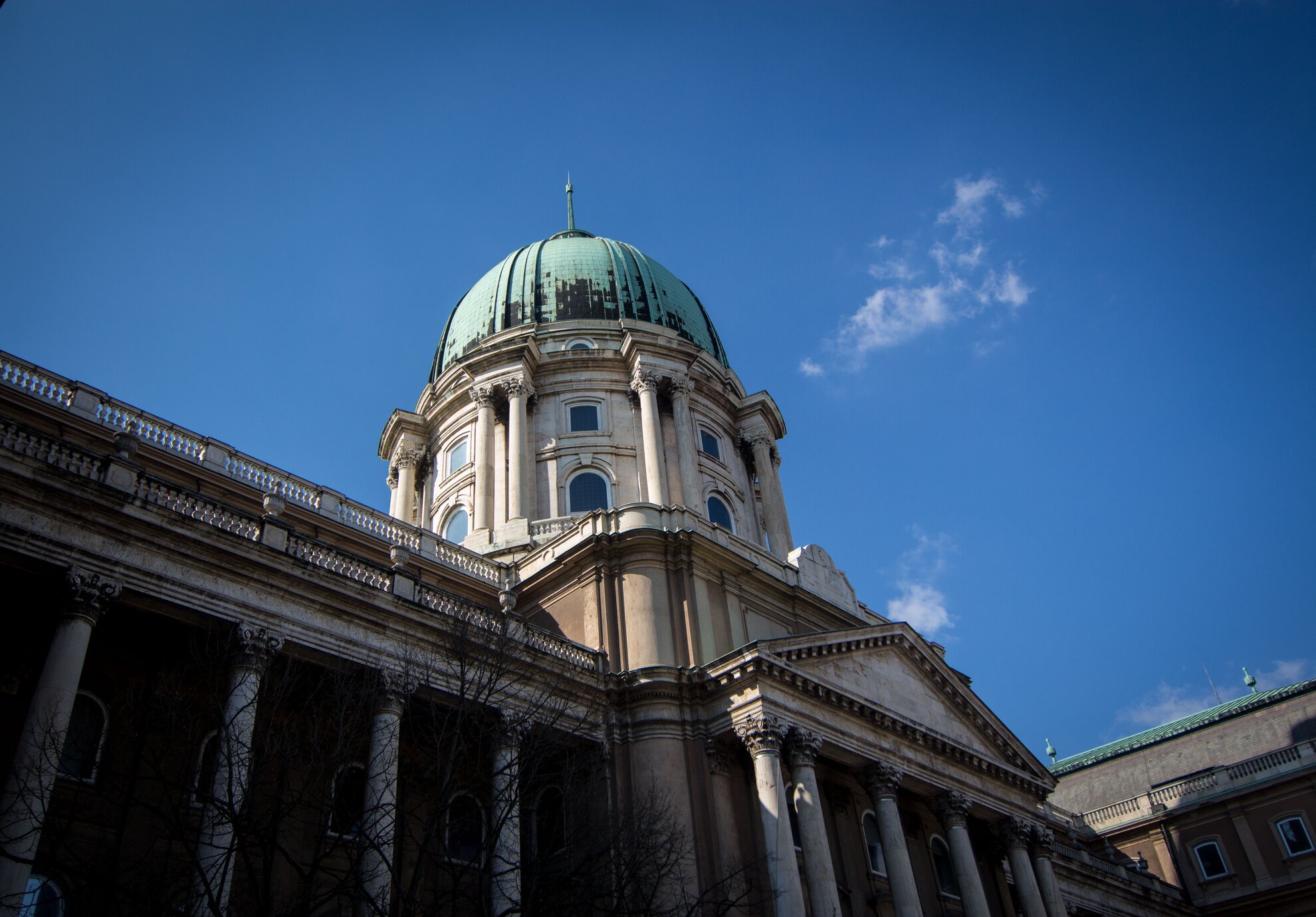
The castle grounds provide a rambling series of cobblestone paths for visitors to walk through on their way to the top of Castle Hill, which include stairs up to the castle ramparts and a breath-taking view of the city below. If walking up the hill doesn't sound like so much fun, then why not take the Buda Hill Funicular, instead?
Buda
Castle sits on the southern tip of Castle Hill, and the surrounding area is
famous for medieval, Baroque and Neoclassical architecture. Beneath the houses
is an extensive cave network stretching 60km.
For centuries residents have used
these caves for storing wine, as a medieval prison, for sheltering during World War II, and even housing
a hospital, now a museum. Today the labyrinthine caves can be visited on official tours,
which start near Matthias Church.
The first church was built in 1015, with the current building constructed in the 13th century and restored in the late 1800s. Two kings of Hungary have been crowned within its walls, and just next door is another landmark sight, the Fishermen’s Bastion.
Built
in Neo-Romanesque style, the Fishermen’s Bastion is 140 metres long, with its seven
towers representing the seven tribes of the Magyars who settled here in 895.
Front and centre is a statue of Stephen I, the first king of Hungary. The view
from the Fisherman’s Bastion is phenomenal, revealing a sweeping panoramic of
the Parliament building and Pest skyline.
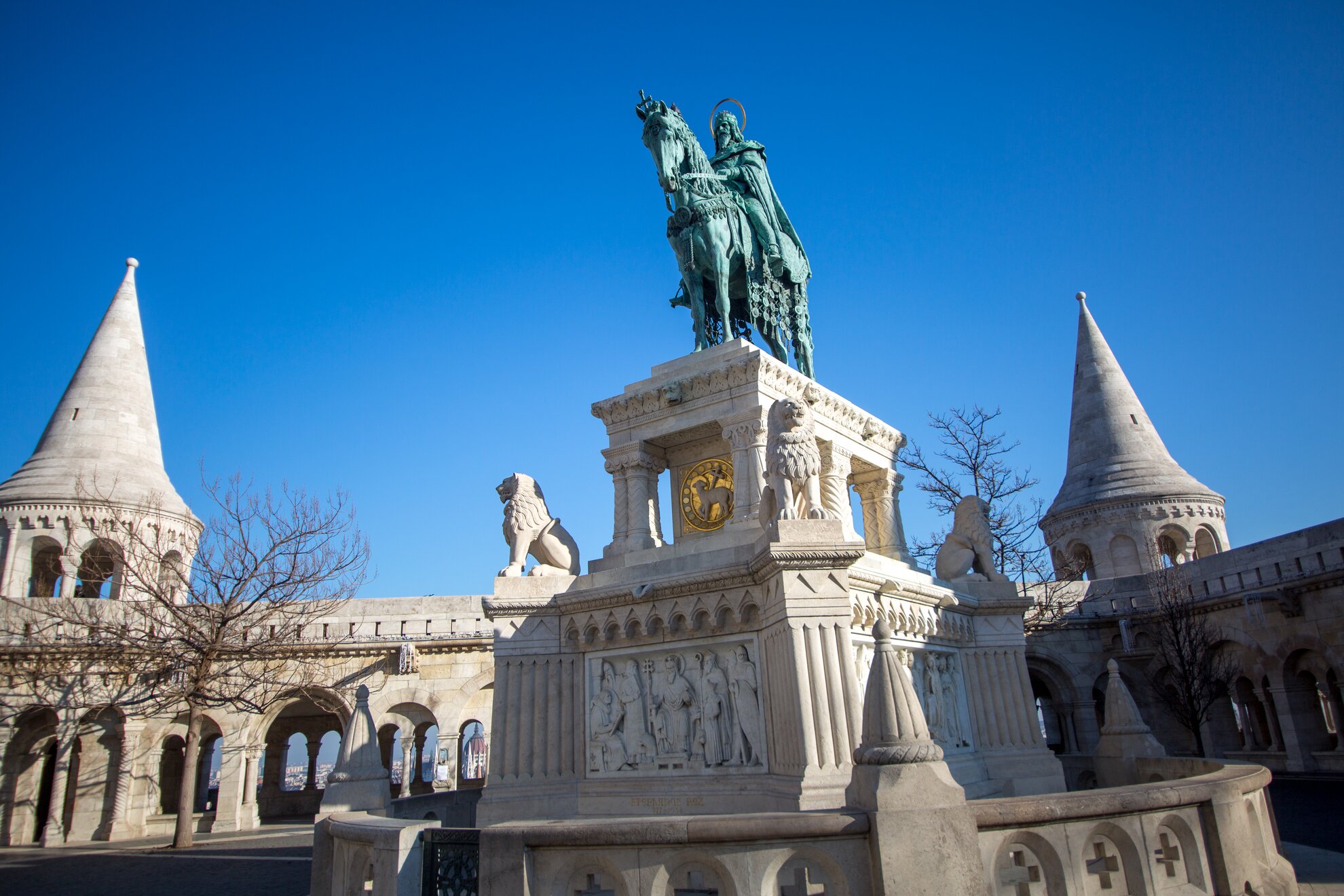
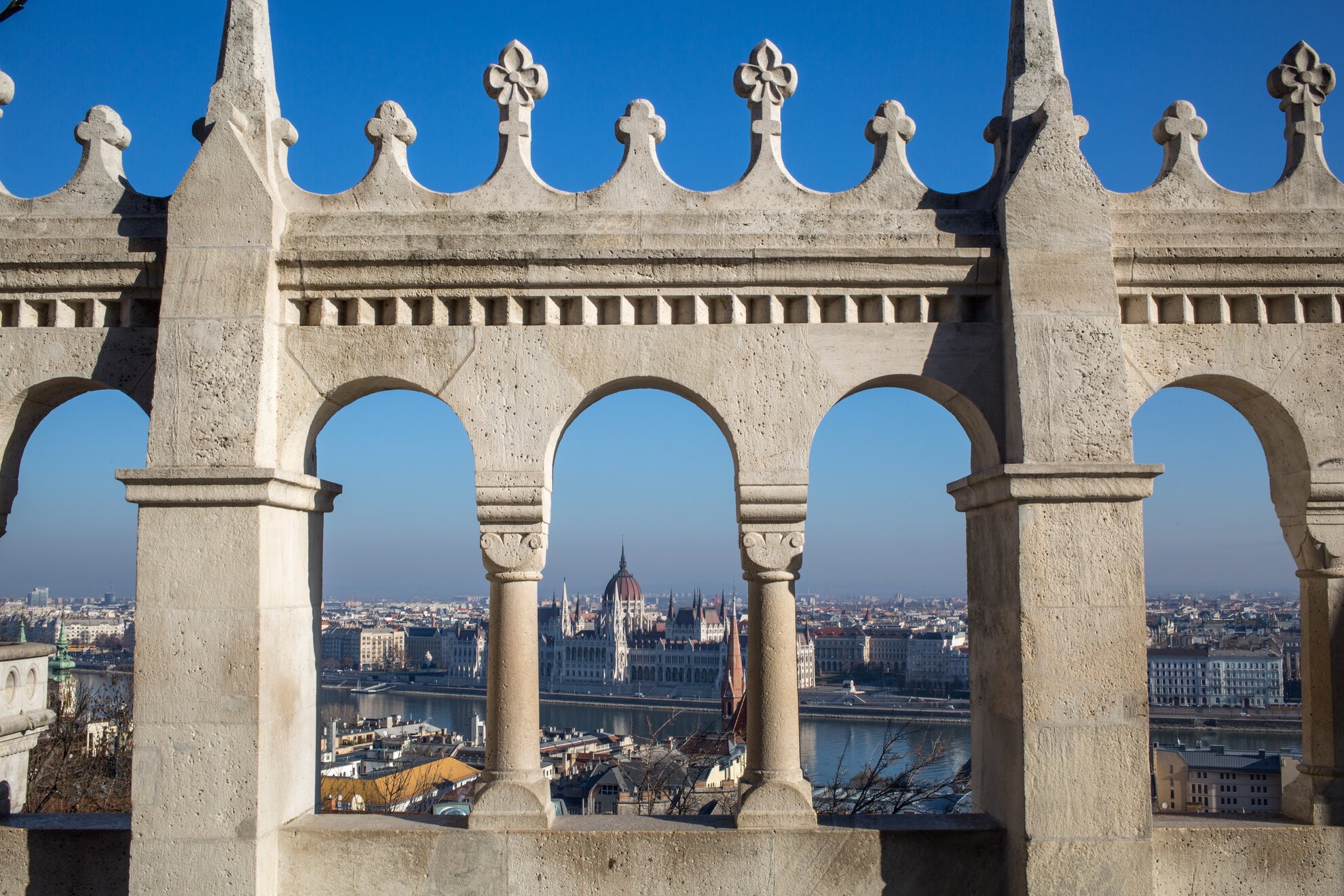
The area sustained heavy damage during World War II, and as a result, one 16th-century house was discovered to be covered in bright, geometric shapes long forgotten beneath layers of plaster, which the Ottomans used to whitewash Renaissance-era Budapest. It has now been restored.
At the base of Buda Castle is the stunning Várkert Bazár, a restored Neo-Renaissance complex built one of Hungary’s most celebrated architects, Miklós Ybl.
Away from Castle Hill are several hidden treasures, including the Philosophers’ Garden. The sculpture was created in 1997, featuring the five founders of the world’s major religions, interpreted by Hungarian sculptor Nándor Wagner.
Other
sights include St Anne’s Church on Batthyány tér and, at the northern tip of Castle Hill, the tomb of Abdurrahman
Abdi Pasha, the last Turkish governor of the city.
Walking around District I,
we see all sorts of grand architecture and remnants of the past, as well as
modern street art, restaurants and museums, ample green space for locals and beautiful
views of the city.
